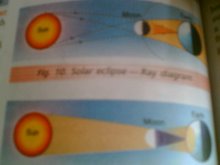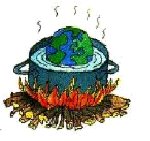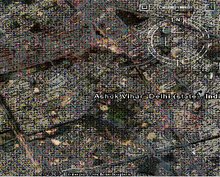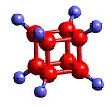
The discovery of fire by man led to the possibility of burning wood for cooking and heating thereby using energy. For several thousand years human energy demands were met only by renewable energy sources—sun, biomass (wood, leaves, twigs), hydel (water) and wind power.
As early as 4000–3500 BC, the first sailing ships and windmills were developed harnessing wind energy. With the use of hydropower through water mills or irrigation systems, things began to move faster. Fuelwood and dung cakes are even today a major source of energy in rural India. Solar energy is used for drying and heating.
With the advent of the Industrial Revolution, the use of energy in the form of fossil fuels began growing as more and more industries were set up. This occurred in stages, from the exploitation of coal deposits to the exploitation of oil and natural gas fields. It has been only half a century since nuclear power began being used as an energy source. In the past century, it became evident that the consumption of non-renewable sources of energy had caused more environmental damage than any other human activity. Electricity generated from fossil fuels such as coal and crude oil has led to high concentrations of harmful gases in the atmosphere. This has in turn led to problems such as ozone depletion and global warming. Vehicular pollution is also a grave problem.
There has been an enormous increase in the demand for energy since the middle of the last century as a result of industrial development and population growth. World population grew 3.2 times between 1850 and 1970, per capita use of industrial energy increased about twentyfold, and total world use of industrial and traditional energy forms combined increased more than twelvefold.













































